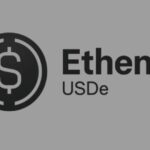Validators endorsed a swift, ecosystem-first proposal rather than established issuers, which raises questions about risk, governance, and trust.
Native Markets has secured the contract to develop decentralized exchange Hyperliquid’s native stablecoin, USDH. Analysts suggest the choice represents a gamble on prioritizing speed and alignment over the safety offered by established providers.
On Sunday, September 14, the team announced the news, having beaten out well-known firms like Paxos, BitGo, Ethena, and Frax in a community vote. Native Markets submitted the first proposal and was chosen by a two-thirds majority of staked HYPE tokens. USDH will start with a small testing phase in the next few days before a full launch.
The vote, according to experts who spoke with , highlights that Hyperliquid’s community favors speed, alignment, and commitment over established brands. Native Markets’ proposal promised a quick rollout, direct integration with the platform, and a plan to return earnings to the ecosystem, even though the team is new and unproven.
Pushing Boundaries: A New Era
The founder of Bima Labs, Sid Sridhar, stated that “Native Markets was chosen because they move fast, they innovate, and they fit Hyperliquid’s vision.” He then added, “That is how disruption happens – not by the incumbents who have the most assets under management or the biggest compliance teams, but by new entrants who are hungrier, more agile, and willing to push boundaries.”
The point was echoed by Chandler De Kock, co-founder of Silhouette, who observed that Native Markets had been trying to launch a stablecoin for more than a year. “Their standing within the ecosystem made them the clear choice,” De Kock stated. “Other, more established players had stronger track records, but for them, USDH would have been just another project. For Native Markets, it’s their core focus, and that alignment mattered to validators.”
Sridhar further remarked that should Native Markets succeed, “it will be a classic story of an outsider seizing an opportunity that incumbents were too slow or too cautious to capture.” He then added that if they fail, it “could damage confidence not just in Hyperliquid’s stablecoin but in the broader effort to make stablecoins mainstream.”
Native Markets’ Hyperliquid-first design was also highlighted by experts as a key reason behind the vote. “Basically everything is staying in-house,” stated Jonathan Morgan, a senior crypto analyst at Stocktwits, who added that the 50/50 division of reserve yield for HYPE buybacks and ecosystem growth probably helped secure support.
According to Morgan, validators likewise valued the system’s “plumbing,” with compliance being handled through Bridge (utilizing Stripe’s KYC/AML system), off-chain reserves being managed by BlackRock, and tokenized on-chain reserves being administered through Superstate.
Building Trust in the Crypto Industry
In contrast, experts warned that the ultimate success of stablecoins hinges on trust—a quality Native Markets has yet to fully establish. Well-known issuers such as Paxos possess years of experience with audits, compliance checks, and regulatory oversight. As a point of reference, Paxos is the issuer of PayPal’s PYUSD.
Sridhar stated that “The established issuers have spent years building these defenses. They have battle-tested infrastructure, they have endured regulatory fire drills, and they have deep institutional relationships.” He added, “When a newer issuer is selected, some of that history is traded away. That does not mean failure is inevitable, but it does mean the bar for proof is higher.”
Additional risks are a matter of the underlying mechanics. Morgan noted that collateral, issuance rails, and liquidity will only function if the systems and their counterparties operate without a hitch. “If Bridge freezes or Superstate lags when there’s a lot of demand and activity, it could cause some problems in the future,” he warned.
Risks are seen by some experts in the way the decision was made. The process has already caused unease, said Nic Puckrin, CEO of Coin Bureau. “Some suggest the outcome was pre-determined, which has raised governance concerns and thereby trust issues,” Puckrin noted. “If trust in the selection process is shaky, it could spill over into skepticism about USDH itself.”
The hybrid reserve model was also emphasized as being risky, as partial reliance is placed on off-chain assets and external managers. He noted that this is “fine when things are smooth, but peg volatility could become exaggerated in its early days.”
The native Hyperliquid token, HYPE, has climbed 21% over the last two weeks and is currently valued at $53.49.















